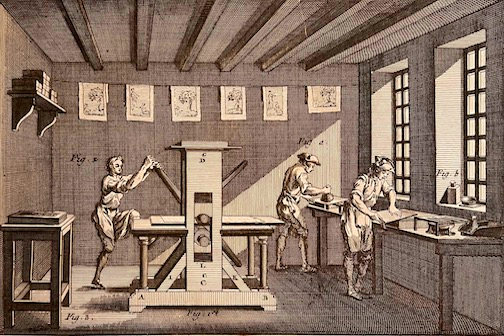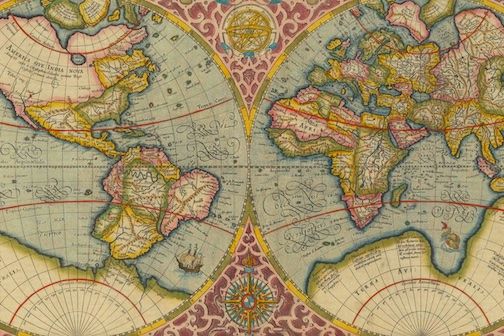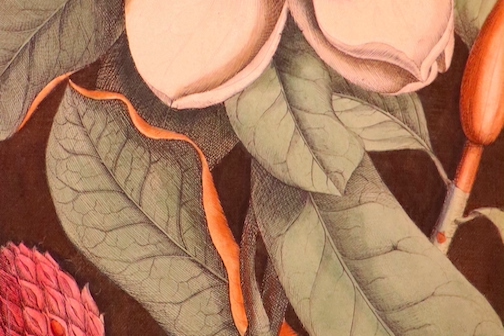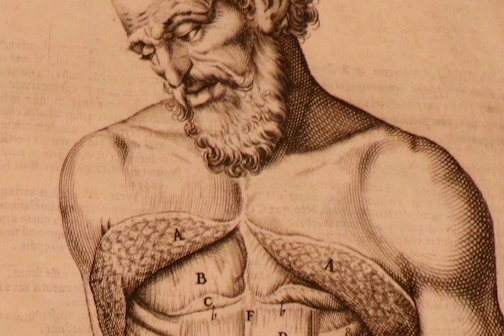Introduction
Introduction
European science changed dramatically during the early modern period (ca. 1450–1800). The new technology of the printing press transformed communications, making books and printed images a central instrument for producing and circulating knowledge. Two new scholarly methods offered complementary approaches to research: bookish humanism—the rediscovery and study of ancient Greek and Roman texts—and worldly empiricism—study based on eyewitnessing and firsthand experience. Global exploration, trade, and colonialism created a “new world” that connected places, peoples, species, and landscapes in new and often troubling ways. This exhibition charts the central role of printed books and images in European science during this extraordinary era.The exhibition was curated by Thematic Option undergraduate students under the direction of Professor Daniela Bleichmar, as part of the class “Art and Science in Early Modern Books, 1450–1800.” It is based on a semester of work with rare materials in the USC Libraries Special Collections. A physical exhibition of Special Collections materials was on view in Doheny Library from November 15, 2022 to February 1, 2023. This online exhibition complements images of the materials exhibited in person with additional content.
Student curators: Maya Caselnova, Jessica Fan, Claire Fausett, Charlotte Fowler, Michael Gribbon, Azriel Czerniak Linder, Avery Longdon, Ben Miller, Sabrina Niu, Dominic Pak, Hudi Potash, Shruti Shakthivel, Kaeo Wongbusarakum, and Eileen Zong.
With many thanks to Michaela Ullmann and Brock Stuessi, and to Gabriel Contreras, Masoud Farajpour, Sue Luftschein, and the paging staff (USC Libraries Special Collections); Bill Dotson, Curtis Fletcher, Tyson Gaskill, Anne-Marie Maxwell, Micaela Rodgers, and Howard Smith (USC Libraries); and the Thematic Option program.



